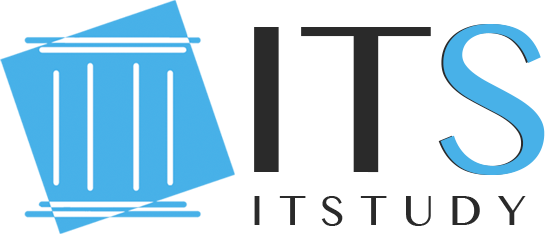Types of malware and malicious emails
The sudden move to online education caught many unprepared. As well as knowing the methods and tools, it is important to be aware of the threats we are all exposed to online.
The following list covers the most common and widespread threats today.
Malware
Virus
Malicious executable code that is attached to and usually replaces other executable files. To infect a device, someone must attempt to run the program.
Worm
Reproduces itself without human intervention, exploiting vulnerabilities. It does not change programs, but because it is in RAM, it copies quickly from one computer to another, slowing down the network and connected devices.
Trojan programmes
They perform malicious activity disguised as legitimate software to allow an attacker to remotely access an infected computer.
Ransomware
Programs that block access to a computer until a ransom is paid. They usually spread as worms (exploiting vulnerabilities) or Trojans (downloaded files).
Spyware (rootkit)
Software that modifies the operating system to create a backdoor to allow access to administrative privileges on the device, while remaining permanently hidden from the user.
Bot
Software that performs repetitive operations automatically and can be used to perform malicious operations such as denial of service attacks.
Email attacks
Spam (junk mail)
Messages that are intended for advertising, phishing, malware distribution, etc.
Phishing
Scam emails disguised as legitimate. A letter is sent from an apparently genuine email address, telling you "good news" — for example that the recipient has inherited from an unknown relative — and asking you to provide certain details, especially your account number.
Browser threats
Spyware
Spying on the user.
Adware
Delivering advertisements (usually via spyware).
Scareware
Persuades the user to take a specific action out of fear.
How can we protect ourselves?
The most important thing is to take advantage of the protection options offered by the service providers. Have a firewall, install anti-virus software that is updated daily, and set strong passwords for each of your profiles and mailboxes on the Internet, so that strangers cannot clearly identify you. Yes, a different one for each registration, if there is a way, because if we use the same one, all our profiles can be hacked at once. Be careful not to use your date of birth or your child's name in your password, for example, as these can be easily obtained or guessed from our social media pages!
Experts also warn to be careful when installing new software, especially those that are free, and to download software only from trusted sources.
It is also essential to be wary of messages sent by e-mail or social media. In the majority of cases, the sender's address and the name of the attachment are good indicators that these are not real mailboxes and messages. The contents of the letter may also indicate that it is a scam, so don't immediately believe that you have won or inherited a large sum of money, however much you might want to. Unfortunately, fraudsters know human weaknesses and exploit them...
